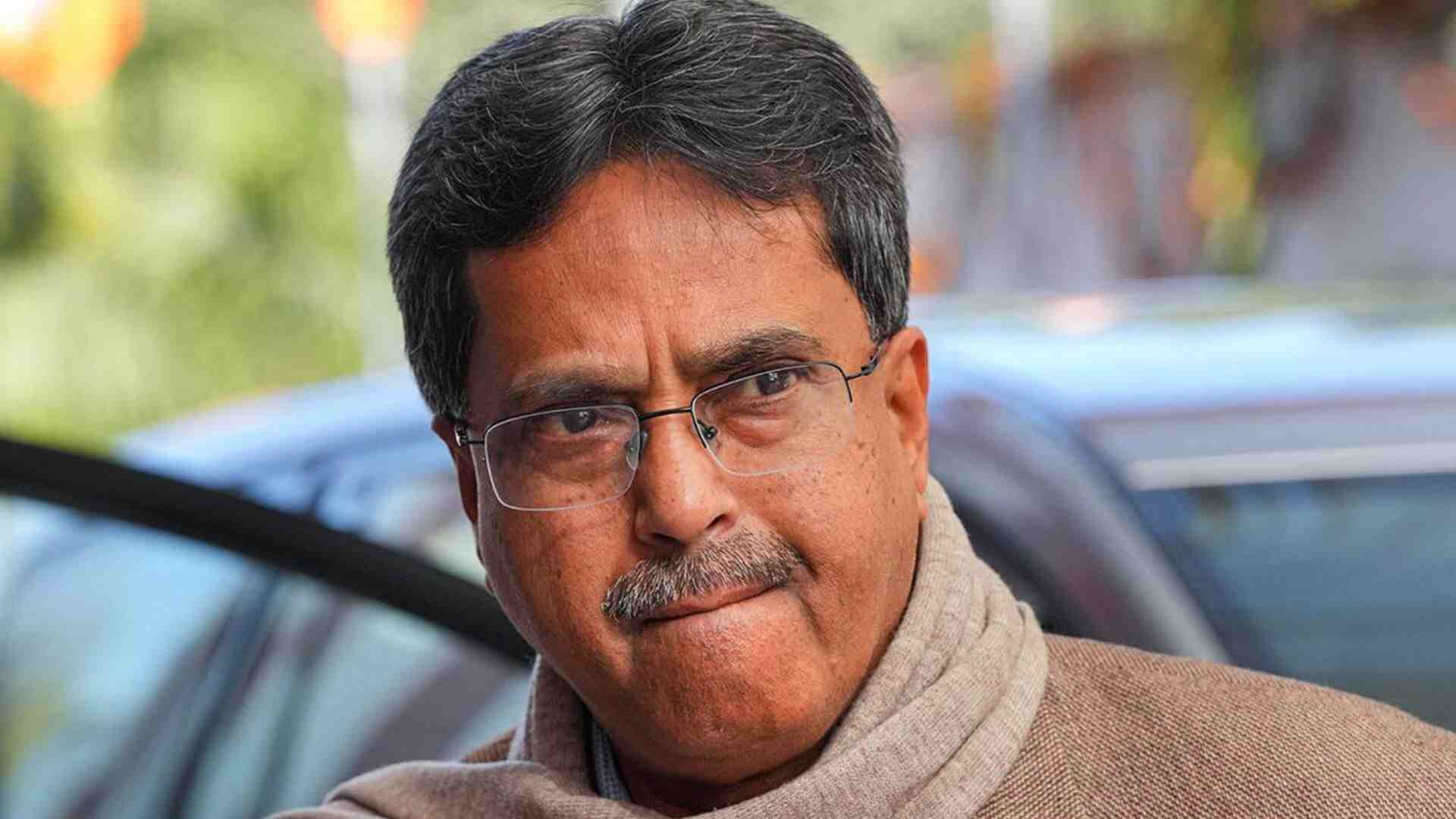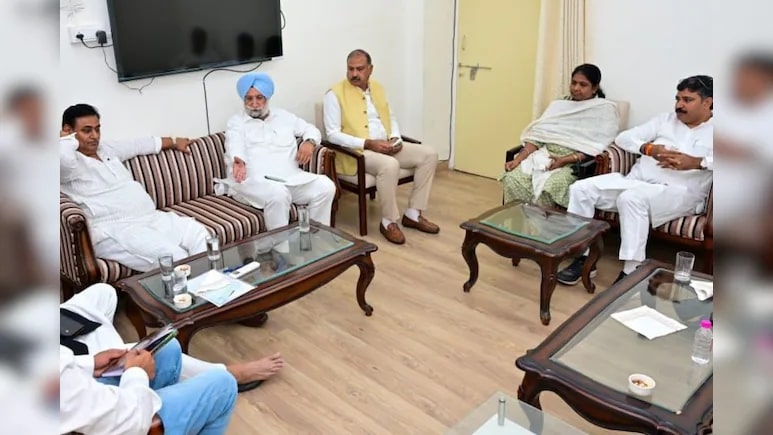
PROTECTION OF WOMEN & DOMESTIC VIOLENCE ACT 2005
The Domestic Violence Act of 2005 provides victims of abuse with a means for practical remedy through prosecution. In India, domestic violence is now defined by Section 3 of this Act. Domestic abuse is punishable under this Act in severe ways. However, Although the great majority of instances involve mistreatment of a woman, the DV Act of 2005 has allegedly been utilised against men in certain circumstances.
DOWRY DEMAND AND DEATH
Dowry has become a societal scourge in modern India, since women are exposed to a variety of atrocities and harassment as a result of its practise, the most cruel and horrific of which is dowry killing. Dowry demand and its inadequate satisfaction is one of the most prominent reasons for domestic violence. Let us briefly discuss the dynamics of dowry deaths
Dowry deaths These are deaths of young women who are murdered or driven to suicide by continuous harassment and torture by husbands and in-laws in an effort to extort an increased dowry. Dowry deaths are found in many countries, but India reports the highest total number of dowry deaths. Dowry killing, along with rape, bride burning, eve teasing, and acid throwing, is one of the numerous forms of violence against women. In India, dowry deaths are not restricted to Hindus or any other faith. The number of dowry fatalities is almost equal to the number of people in India divided by religion.
PROHIBITION OF DOWRY SYSTEM
(a) In Indian civil law, the payment of a dowry is outlawed under The Dowry Prohibition Act, 1961, and later by Sections 304B and 498A of the Indian Penal Code (IPC). The Dowry Prohibition Act of 1961 bans the demand, payment, or acceptance of a dowry “as compensation for the marriage,” with “dowry” defined as a gift required or provided as a condition of marriage. Gifts provided without strings attached are not considered dowry and are thus lawful. Dowry-seeking or -giving is punishable by up to six months in jail or a fine. It repealed a slew of anti-dowry legislation passed by several Indian states. India’s criminal penal code addresses homicide and forced suicide.
b) Under the Protection of Women from Domestic Violence Act 2005 (PWDVA), By contacting a domestic violence protection officer, a woman can put an end to dowry harassment.
c) The United Nations (UN) has played a critical role in preventing violence against women, particularly dowry killings, as part of this activist community. Since its creation in 1945, the United Nations has been a strong supporter of women’s rights, as stated in its Charter Preamble, the Universal Declaration of Human Rights (approved in 1948), and the International Covenant on Civil and Political Rights (adopted in 1966), the International Covenant on Economic, Social and Cultural Rights (also adopted in 1966) (these three documents are known collectively as the ‘International Bill of Rights’) and the Convention on the Elimination of All Forms of Discrimination Against Women(CEDAW) (2012). The United Nations Children’s Fund (UNICEF), Though primarily concerned with increasing the quality of education accessible to children across the world, it has also taken a stand against dowry mortality.
WOMEN AT WORK PLACES
Women in the workforce who earn wages or salaries are part of the modern phenomenon. This phenomenon has developed at the same time as the growth of paid employment for men in, but women face the challenge of inequality in the workforce. Until modern times, cultural laws and customs, along with the long-standing inertia of religion and educational conventions, restricted the entry and participation of women in the labour market. Workplace violence usually occurs in a workplace setting; however, it may also occur outside of the work setting. Violence may be perpetrated by a colleague or supervisor, a client or customer.
THE SEXUAL HARASSMENT OF WOMEN AT WORKPLACE (PREVENTION, PROHIBITION, AND REDRESSAL) ACT, 2013
Preventing Sexual Harassment of Women in the Workplace is a law in India that aims to protect women from sexual harassment inthe workplace. It was passed by the Indian Parliament in 2013. This legislation supersedes the Supreme Court of India’s VishakhaGuidelines for the Prevention of Sexual Harassment. The law contains legal requirements, and any workplace with more than 10, employees must enforce the law. It also contains strict measures against employers who do not comply with its regulations.
However, the ILO reported in a study (conducted by the ILO in inearly 2014) that very few Indian employers comply with this regulation. Specifically, more than 90% of the companies in India are unable to comply with the new law. Although companies largeand small are conducting employee awareness campaigns and training seminars. Therefore, there are implementation gaps thatneed to be overcome.
CONCLUSION
It is required that the cyber-crimes should be taken seriously as other crimes in India. Day by day the crimes would increase in a different way which will cause troubles in future. More awareness should be made so that women would be able to report them and an immediate action for the same could be taken. Therefore, there should be a mandatory session for cyber-crimes in schools, colleges, offices, and public department etc. People should be well known with consequences of posting a comment, tweet, photos, videos etc. there should be less of information exchange with the strangers. One should use software that prevents hacking, block pop ups or other indecent content on the phones, laptops or other gadgets.
With limited options in our hands, and with time fast flying us by, the onus is on us to wake up and do whatever it takes. About 50% of India’s registered voters are women, the power of whom together needs to demand a tougher India, yet an India that is sensitive to women. Women’s problems must be pushed in every lobby until the leaders have no choice but to capitulate and address the catastrophe that now looms in every street and corner of India. Now is the moment for us to take responsibility for our actions. We stand tall and proud beside each other, brave and unaffected. It’s past time for us to own up to India. There will be no more harassment. We want what we are entitled to, both for ourselves and for our girls.
One’s safety lies in one’s own hand. We should take some steps to ensure safety and guide others to be safe from the people who are sabotaging you.















